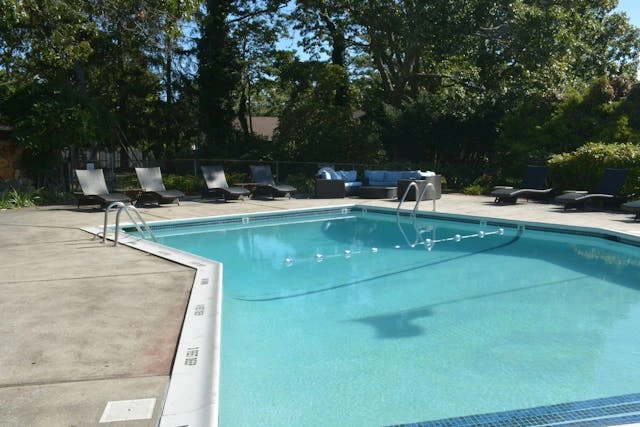
How to Clean a Swimming Pool in Australia: A Step-by-Step Guide
Swimming pools are one of the best parts of living in Australia. Whether you’re splashing around in the summer heat

Algae are simple, non-flowering plants that thrive in water. They come in various colors and forms, with green algae being the most common in swimming pools. The presence of algae in your pool can be attributed to several factors, including poor water circulation, imbalanced water chemistry, and insufficient sanitation.
Green Algae: This is the most common type, often turning your pool water a cloudy green. It is usually found floating freely or clinging to pool walls.
Yellow (Mustard) Algae: Appearing as yellowish or mustard-colored spots, this type of algae is more resistant to chlorine and often found in shady areas of the pool.
Black Algae: The most stubborn and difficult to remove, black algae form dark spots with a tough outer layer that attaches firmly to pool surfaces.
1. Pool Water Test Kit
2. Pool Brush
3. Pool Shock (Calcium
Hypochlorite)
4. Algaecide
6. Pool Filter
7. Leaf Skimmer
8. Protective Gear (Gloves,Safety Goggles)
1. Test and Balance Your Water
Start by testing your pool water using a reliable test kit. Ensure the pH, alkalinity, and chlorine levels are within the recommended ranges. Properly balanced water is crucial for effective algae removal.
2. Brush the Pool Walls and Floor
Use a pool brush to scrub the walls and floor of your pool thoroughly. This helps to loosen the algae and makes it easier to remove. Pay special attention to areas with visible algae growth.
3. Shock Your Pool
Shocking the pool involves adding a high dose of chlorine to kill off the algae. Use a pool shock product, preferably calcium hypochlorite, and follow the manufacturer’s instructions for the correct dosage. It’s best to do this in the evening to avoid sunlight reducing the effectiveness of the chlorine.
4. Run the Pool Filter
After shocking, run your pool filter continuously for at least 24 hours. This helps to remove dead algae and other debris from the water. Backwash the filter periodically to maintain its efficiency.
5. Vacuum the Pool
Once the algae have been killed and settled to the bottom, use a pool vacuum to remove the dead algae. If you have a multiport valve, set it to “waste” to avoid re-circulating the algae back into the pool.
6. Add Algaecide
To prevent algae from returning, add an algaecide to your pool. Follow the manufacturer’s instructions for the correct dosage and application method. This step provides an extra layer of protection against future algae growth.
7. Monitor and Maintain
Regularly test and balance your pool water, clean the filter, and brush the pool surfaces. Consistent maintenance is key to keeping your pool algae-free.
1. Maintain Proper Water Chemistry: Regularly test and adjust the chemical levels in your pool.
2. Ensure Good Circulation: Keep your pool pump and filter running for an adequate amount of time each day to ensure proper water circulation.
3. Regular Cleaning: Brush the pool walls and floor, skim the surface, and vacuum regularly to prevent debris and algae buildup.
4. Use Preventative Algaecides: Regular use of algaecides can help prevent algae growth.
Investing in the best robotic pool cleaner can significantly reduce the effort required to keep your pool clean and algae-free. Robotic pool cleaners are designed to efficiently scrub pool surfaces, remove debris, and improve water circulation. They are an excellent addition to your pool maintenance routine, ensuring thorough cleaning with minimal effort.
Cleaning algae from your swimming pool may seem daunting, but with the right tools and steps, you can restore your pool to its sparkling blue glory. Regular maintenance and the use of a reliable robotic pool cleaner can prevent future algae problems, allowing you to enjoy a pristine swimming experience all season long.

Swimming pools are one of the best parts of living in Australia. Whether you’re splashing around in the summer heat

Australia’s swimming season may slow down in winter, but your pool still needs attention. Neglecting care during the colder months
